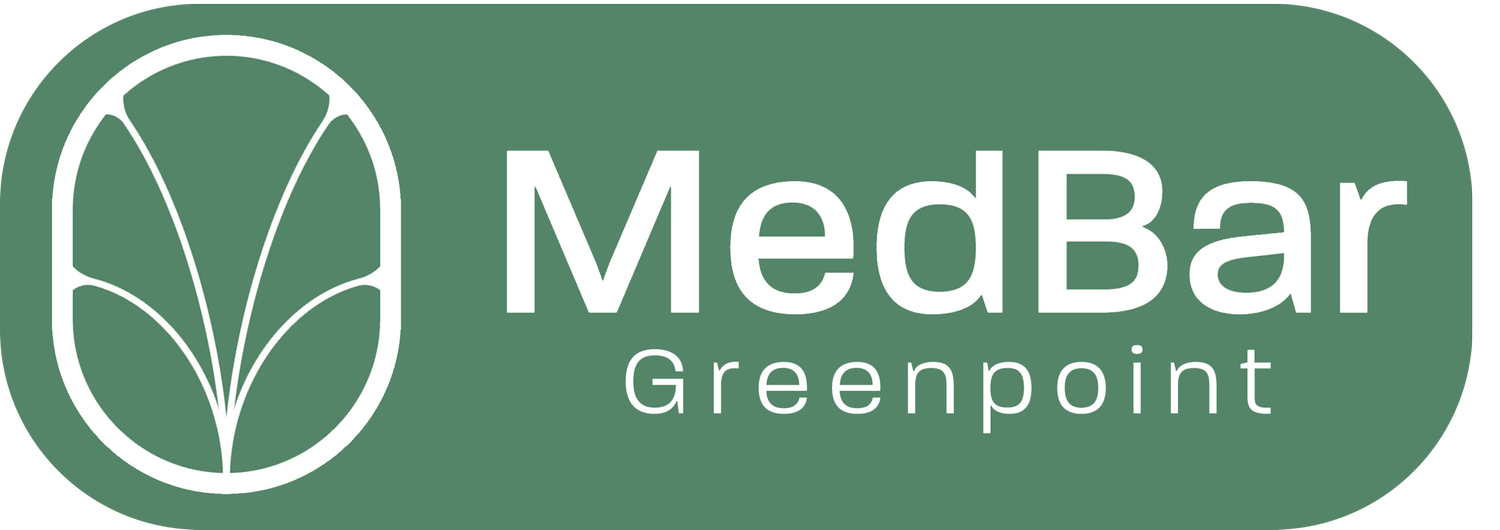Tennis Elbow: Beyond the Court and into the Clinic - The Role of Physical Therapy
Tennis elbow, often regarded as the counterpart to golfer’s elbow, is a commonly encountered musculoskeletal complaint, not just among tennis players, but a wider demographic. At our physical therapy clinic, we aim to shed light on this ailment and offer comprehensive solutions. Whether you've aced your serve or simply felt a twinge after a day's work, understanding tennis elbow is the first step to a successful recovery.
Diving into Tennis Elbow
Known medically as "lateral epicondylitis," tennis elbow is characterized by pain at the outside of the elbow, where the tendons of your forearm muscles attach to the bony protrusion. The condition is typically a result of overuse, stemming from repetitive wrist and forearm activities.
What Brings it On?
Although it's named after the sport, you don't have to be a tennis player to develop tennis elbow. It can arise from:
Repetitive computer mouse use
Frequent use of tools like screwdrivers and hammers
Activities that involve repetitive gripping
Key Symptoms
Pain and tenderness on the outer part of the elbow
Stiffness in the morning or after periods of rest
Weakness in the forearm
A painful grip during certain activities
Navigating Recovery with Physical Therapy
Physical therapy is pivotal in managing and treating tennis elbow. Here's how our clinic can help:
Tailored Exercise Regimes: A blend of strengthening and stretching exercises can be beneficial. For tennis players, this can also encompass improving racket grip and refining stroke techniques.
Pain-relief Modalities: Utilizing treatments like ultrasound, ice applications, and TENS (Transcutaneous Electrical Nerve Stimulation) can greatly reduce inflammation and pain.
Manual Techniques: Specialized manual techniques, such as soft tissue mobilization, can help to improve tissue extensibility and decrease pain.
Activity Modification: Guidance on altering repetitive activities, whether in sports or at work, can ensure the condition isn't exacerbated.
Equipment Recommendations: For tennis enthusiasts, this might mean choosing the right racquet or considering a change in string tension. For others, ergonomic modifications at the workplace can be suggested.
Education and Preventive Strategies: A holistic approach means not only addressing the pain but ensuring it doesn't return. Advice on proper warm-up, recognizing strain, and preventive exercises are crucial.
Conclusion
Tennis elbow, while common, shouldn't be regarded as an inevitable consequence of certain activities. With proper guidance, care, and intervention, it's a condition that can be effectively managed and treated. Our physical therapy clinic remains dedicated to ensuring every patient, whether a sports enthusiast or not, finds relief and regains optimal function. If you suspect you're dealing with tennis elbow, let's serve up a solution together!
